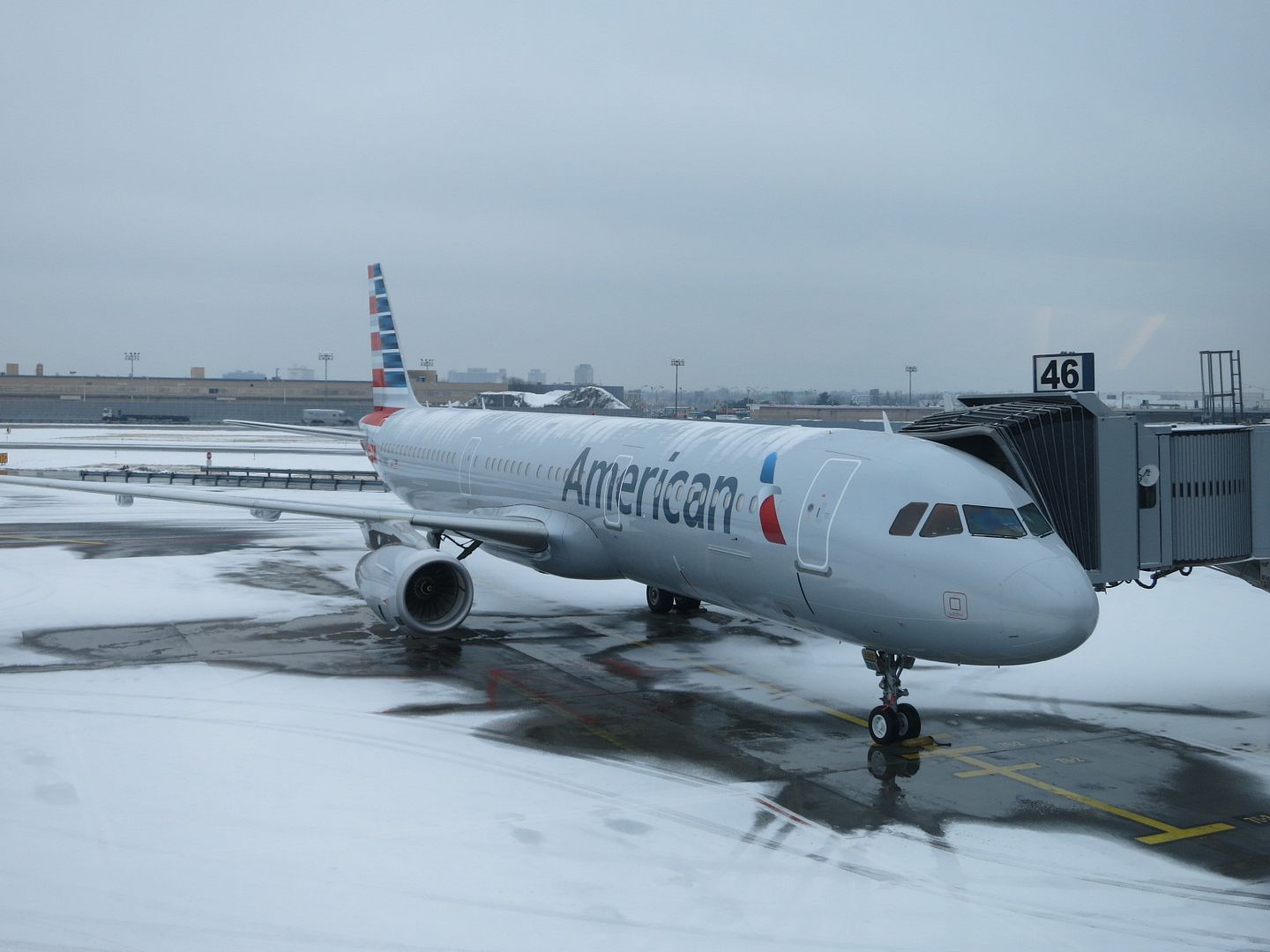Airbus A321neo operators — which in the U.S. includes American and Hawaiian, and starting next year will include Delta — have been “alerted to the potential for an ‘excessive pitch’ anomaly”.
Airbus has introduced a temporary revision to the A321neo flight manuals that would prevent the aircraft from reaching excessive pitch altitudes. This revision follows analysis of the elevator and aileron computer on the A321neo. This is similar in nature to the problems that led to the MCAS system being installed at Boeing.

American Airlines A321
It’s not yet clear whether the Airbus A321neo will require a software modification.
On the 737 MAX Boeing compensated for larger engines with an intended safety feature where if the Angle of Attack sensor detected too steep of a pitch, the MCAS system would push down the nose of the plane. The A321neo seems to have a tendency to pitch up as well.


I’m glad that Boeing’s problems have helped Airbus to realize the problem. Based on the timing it sure seems like they revisited the issue vs having organically discovered it
Surely they meant pitch aTtitude, not altitude?
We need the Chinese built CS919 real bad.
Alaska also operates the A321neo.
@George – yes, I assume so
We need to know a lot more about this.
I’m sure Airbus also uses just one sensor to manage their similar system, with an upcharge for a properly functioning system as well?
I flew non stop DCA-LAX last Thursday on new AA A321 neo got there safely 🙂
@George and @Gary – no, it IS ‘pitch attitude’ and not altitude. Pitch does not refer to how high or low something is but rather the angle of attack, which is an attitude.
@Mark D – yes that is what we are both saying
AA potentially in a jam. Bring back the MD-80.
As the A321 is completely fly by wire, I can’t really see how this is a problem. I’ll bet the test flying included operation at alpha floor, which is as close to the stall as you can get.
And whilst we’re talking about ‘too steep a pitch’, that’s not angle of attack at all. That’s simply pitch (attitude). You could have the pitch attitude well below the horizon, and yet still have an angle of attack that is too ‘high’.
Originally MCAS was developed to modify the pitch response in what is called a ‘wind up turn’…basically a steep turn at reasonably high angle of attack (not pitch), in which the pitch force required to increase that AoA was too light. Putting in nose down trim increased the force required. From there though, Boeing seem to have gone mad, and produced a system that should never have gotten past any sort of reasonableness test.
(1) @ Jon : nope, airbus uses THREE sensors in parallel.
(2) airbus HAS learned from boeing
(3) boeing bas been too arrogant and has NOT learnt from airbus, which has suffered published
incidences with TRIPPLE redundancy failure (one every 5-10 years ?): incidentally, that maps
to a single sensor failure ever few weeks.
(4) airbus is 100% fly by wire, they “just” need to fine tune their “stick to action” translation tables
(5) boing 737max is pseudo-NOT-fly-by-wire system, with no “stick to action” translation tables,
MCAS is patched on top of system, does not integrate well.
(6) boing’s issue here is that going fly-by-wire would make it a new plane (that takes years).
airbus has 30 years of “experience” with fly-by-wire in the A32X alone, starting here:
https://en.wikipedia.org/wiki/Air_France_Flight_296
(7) airbus is testing and praying and testing and praying that this does not happen to them
(keeping their mouths shut, aren’t they ?)
(8) boeing has MASSIV quality issue right now:
(a) “somebody” patched MCAS to single sensor input and NO DEVELOPER pressed
the alarm button: development quality / cultural issue
(b) fix was passed through qualification without QMs rising issues:
their QM-department is not worth their salt.
(c) when problem was detected, they not only worked to keep up appearance, but obviously
did not do in-depth analysis in the background: management quality issue:
(people make errors, question is, how do you deal with them ?)
(d) when introducing fix to MCAS, they have overloaded their computing (real time) system:
– why did they not find this themselves but needed FAA to do it for them?
– real-time system overload MUST NOT happen: this is FUNDAMENTAL, and a
“correct by design” issue. makes you wonder who designed the control computer system.
(e) in production, they have a “FOD-problem”, i.e. tools are left lying around in the fuselage:
massive production quality issue. ( <- airforce does not take their pegasus/767 air tanker)
airbus has their fair share of fuck-ups, but right now, boeing has dug itself a deep, deep,
super deep hole. but do not worry: NOBODY (but airbus and boeing) wants a world without competition, so the 737max will fly again.
stands to reason, as they stretch these designs out to unintended lengths & missions.
Meanwhile the plane everybody wants (not me) is a 757 that is 40% more fuel efficient. Boeing tell me again why you aren’t delivering a 57 NEO option again …
@Paul Josef, excellent and informative post. Thanks.
Shut the […]. Why don’t you build an airplane than?